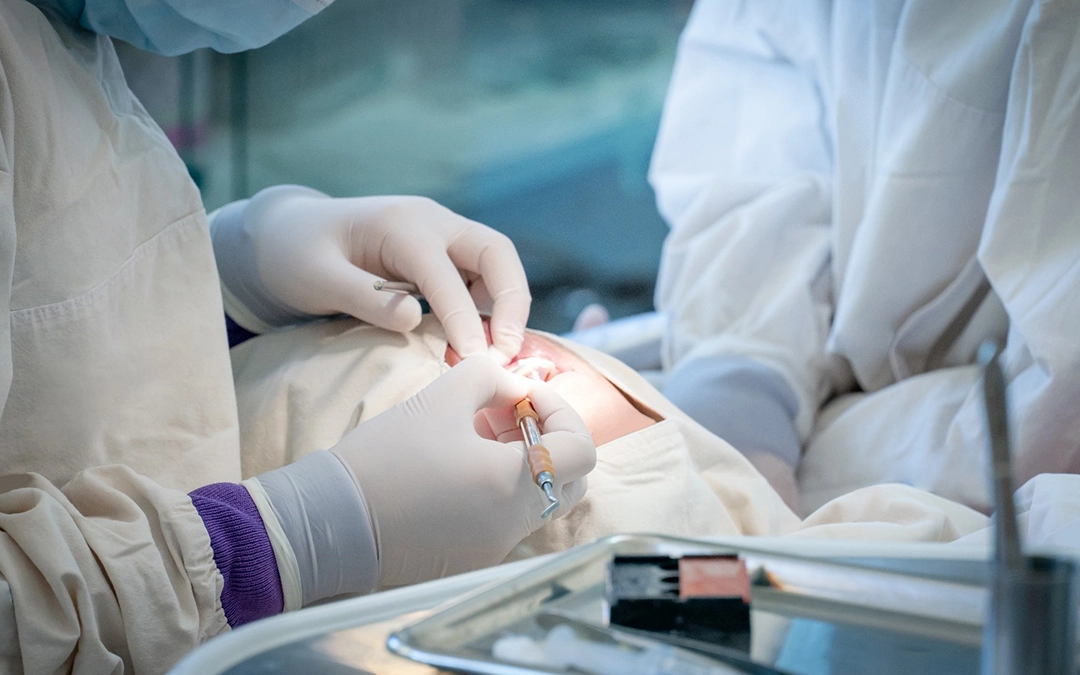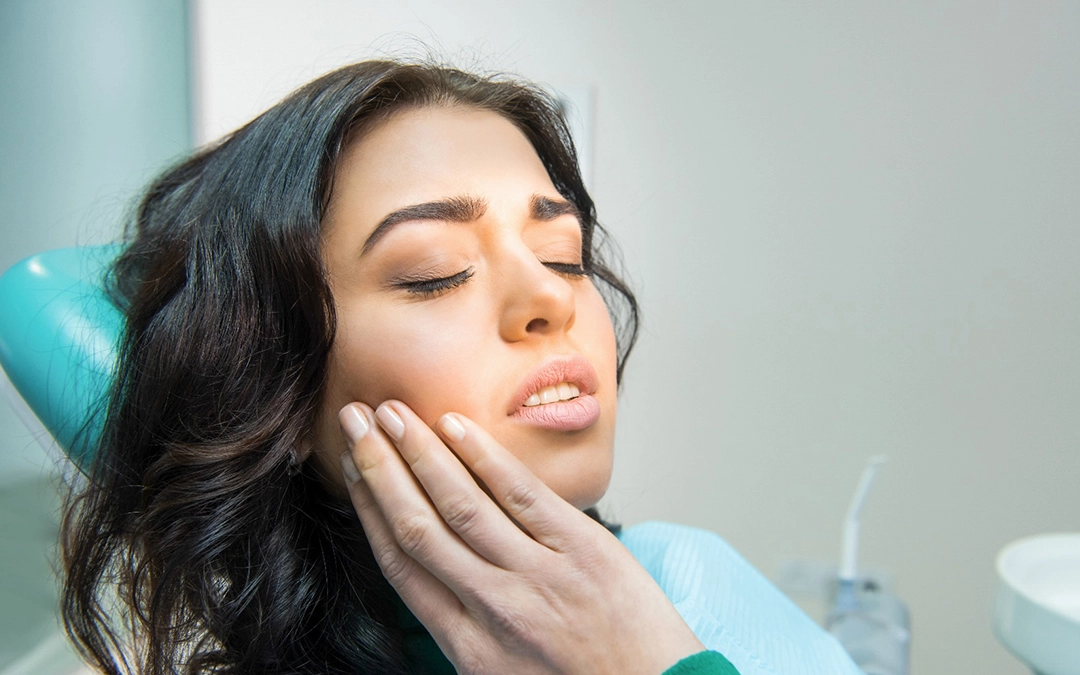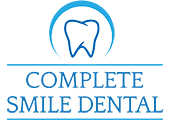It could start on the sportsfield with a teammate’s elbow smacking you in the mouth, or on your couch when you bite down on a crunchy snack. The feeling is the same—unexpected pain shooting through your tooth as you realise you’re in a dental emergency. How you respond in those critical first minutes can make all the difference, avoiding extensive damage and even saving your tooth.
This guide will walk you through 7 dental emergencies which could happen to anyone, offering clear, actionable steps to take until you can receive professional care. Whether it’s a knocked-out tooth, severe pain, or a broken jaw, being prepared and acting quickly could save your smile—and potentially save you thousands in dental work.
Strategies to handle common dental emergencies
1. Knocked-out tooth (avulsed tooth)
A knocked-out tooth is one of the most urgent dental emergencies. If handled correctly, a dentist can often successfully reimplant the tooth, but only if you act quickly. The best chances for reimplantation are within 30 minutes of the incident.
Immediate actions:
- Handle with care: Pick up the tooth by the crown (the visible part), not by the root. The root contains delicate fibres essential for successful reimplantation.
- Clean gently: Rinse the tooth with milk or saline solution if it’s dirty. Never use water, as it can damage the root cells.
- Reinsert, if possible: If you can, gently place the tooth back in its socket facing the right way. Hold it in place by biting down on a clean cloth.
- If reinsertion isn’t possible: Store the tooth in a suitable solution. Tooth preservation products are ideal, but since they’re rarely on hand, you will likely need to use one of the following (in order of preference):
- Milk (ideal due to its pH and protein composition)
- Saline solution
- Saliva (place it under your tongue if no other option exists)
- Seek immediate dental care: Every minute counts—success rates drop significantly after 30 minutes, so get an emergency dentist quicksmart.

2. Chipped or broken tooth
A chipped or broken tooth may not always be painful, but it exposes the inner layers of the tooth, making it vulnerable to infection.
Immediate actions:
- Rinse carefully: Use warm (not hot) water to clean your mouth and the broken tooth.
- Manage bleeding: Apply gentle pressure with gauze if there’s bleeding.
- Reduce swelling: Apply a cold compress to the outside of your mouth, 10 minutes on, 10 minutes off.
- Save fragments: Collect broken pieces and store them in milk or saline solution, as modern dental techniques might allow reattachment.
- Temporary protection: Use dental wax (available at pharmacies) or even sugar-free chewing gum to cover any sharp edges and prevent injury to your cheek or tongue.
- Pain management: Take over-the-counter pain relievers like ibuprofen (but avoid aspirin if there’s bleeding).
3. Severe toothache
A sudden, intense toothache usually signals an underlying issue like infection, abscess, or advanced decay affecting the tooth’s nerve.
Immediate actions:
- Clean the area: Rinse with warm saltwater (½ teaspoon salt in 8 oz water) to reduce inflammation and kill bacteria.
- Check for trapped food: Gently floss around the painful tooth to remove any trapped food particles.
- Pain management: Take over-the-counter pain relievers (ibuprofen is great for dental pain as it reduces inflammation).
- Apply cold: Use a cold compress on the outside of your cheek to help reduce swelling and numb the area (15 minutes on, 15 minutes off).
- Avoid triggers: Stay away from hot, cold, or sweet foods that may intensify the pain.
- Never apply aspirin directly to the gum: This can cause chemical burns to your gum tissue.

4. Lost or loose filling/crown
When a filling or crown comes out, it exposes the vulnerable structure of the tooth, which can lead to sensitivity, pain, and further damage if not addressed immediately.
Immediate actions:
- Save the restoration: If you still have the filling or crown, keep it safe.
- Temporary protection:
- For a lost filling: Use dental cement from the pharmacy to temporarily fill the cavity.
- For a crown: Clean the inside, apply dental cement, denture adhesive, or even a dab of toothpaste inside, and gently press it back into place.
- Avoid sticky foods: These could dislodge temporary fixes.
- Pain management: Clove oil (available at pharmacies) can help relieve pain when applied to the exposed area.
- Schedule a dental visit: Even if you’ve successfully reattached a crown, it’s crucial to see a dentist for a proper evaluation.

5. Soft tissue injuries (gums, cheeks, tongue, lips)
Injuries to the soft tissues of the mouth can bleed heavily due to the rich blood supply, but they usually heal quickly with proper care.
Immediate actions:
- Control bleeding: Apply gentle pressure with clean gauze or even a tea bag (the tannic acid helps constrict blood vessels).
- Clean the wound: Rinse with diluted antiseptic mouthwash or warm saltwater.
- Reduce swelling: Apply a cold compress to the outside of the affected area.
- Watch for healing: Minor injuries heal within 3-4 days. If bleeding doesn’t stop after 15 minutes of pressure or if the cut is larger than ½ inch, seek professional care.
6. Broken jaw
A broken jaw is a serious injury that needs immediate medical attention. Symptoms may include severe pain, swelling, bruising, difficulty chewing or speaking, and misaligned teeth.
Immediate actions:
- Stabilise the jaw: Gently secure the jaw in place with a bandage wrapped under the chin and over the top of the head.
- Manage swelling: Apply ice packs wrapped in cloth to the face for 20 minutes on, 20 minutes off.
- Seek emergency care: Head to an emergency room for treatment—surgical intervention or wiring of the jaw may be required.
- Follow-up dental care: After the jaw is stabilised, a dentist must evaluate any associated dental injuries.
7. Abscessed tooth
An abscessed tooth is a serious infection that can spread if not treated promptly. Signs include throbbing pain, swelling, fever, foul taste, and sometimes a visible bump on the gums.
Immediate actions:
- Rinse frequently: Use warm saltwater rinses several times daily to draw out infection and reduce pain.
- Pain management: Take over-the-counter pain relievers as directed.
- Seek dental care: An abscess requires professional care to drain the infection and may need antibiotics.
- Watch for spreading infection: If you develop a fever, facial swelling, or difficulty breathing or swallowing, seek emergency medical care immediately.
Preventing dental emergencies
While you can’t prevent every dental emergency, the right proactive steps can can reduce your risk:
Sports protection
- Custom mouthguards offer superior protection for contact sports like football, basketball, and martial arts.
- Helmets with face shields are essential for sports like hockey and baseball.
Daily habits
- Avoid using your teeth as tools (e.g., opening packages or cutting things).
- Break harmful chewing habits, such as chewing ice, pens, or hard candies.
- Be cautious with foods that may damage your teeth (popcorn kernels, olive pits, fruit stones).
Regular dental care
- Schedule bi-annual checkups to detect potential problems before they become emergencies.
- Address small chips, cracks, or sensitivity promptly.
- Maintain excellent oral hygiene through regular brushing and flossing to prevent decay and gum disease.
Creating your dental emergency kit
Your regular first aid kit might be well stocked, but here’s something many overlook: a dental first aid kit. Having these items on hand can help manage a dental emergency:
- Dentist’s emergency contact information
- Small container with a lid (for storing a knocked-out tooth)
- Saline solution
- Sterile gauze pads
- Over-the-counter pain relievers (acetaminophen, ibuprofen)
- Temporary dental cement
- Dental floss
- Cotton balls
- Clean handkerchief

When to see your dentist
While the above advice helps manage emergencies, professional care is essential for proper treatment. Seek dental attention if:
- A tooth is knocked-out, loose, or fractured
- Severe pain isn’t relieved by over-the-counter medication
- Significant bleeding doesn’t stop within 10 minutes
- Signs of infection (swelling, fever, pus)
- Trauma to the jaw
- Any dental injury affecting your ability to breathe or swallow
Many dental practices offer emergency appointments, and after-hours emergency clinics or hospitals are available in most communities.
Prepare now to smile no matter what
Dental emergencies can hit you for six, but doing the right thing in those first critical moments can save your tooth—and your smile. That’s why it’s important to know these steps and put them into action if the unexpected happens.
This guide isn’t just for reading once and forgetting. Use it to:
- Build your dental emergency plan (and kit) before you need it
- Learn what to do if a tooth is knocked out or pain strikes
- Know when to seek urgent care—and act fast when every minute counts
When it comes to dental emergencies, timely action is your best protection. Keep this guide handy, share it with your family, and save your dentist’s emergency contact in your phone.
Being prepared now means you can smile—no matter what the future holds.


